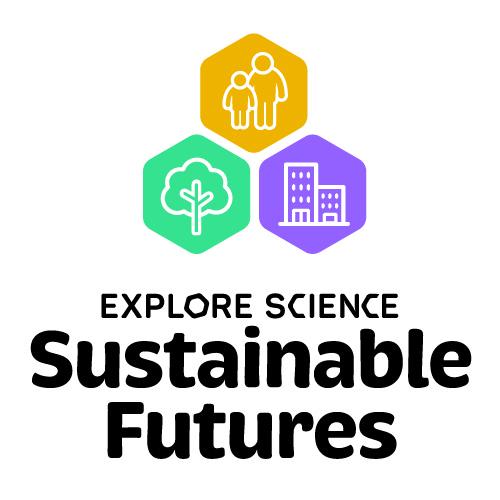DESCRIPTION
This museum field trip program for grades 4 and 5 explores the idea that humans can engineer positive changes to our environment through sustainable behaviors and ecologically informed decision-making. Ecosystem engineers are organisms that make significant changes to their environment. Learners will investigate an ecosystem interaction web to understand the interconnections between people, other organisms, and habitats. They will then think about how to restore balance after a large disruption event.
DESCRIPTION
This museum field trip program for grades 4 and 5 explores the idea that humans can engineer positive changes to our environment through sustainable behaviors and ecologically informed decision-making. Ecosystem engineers are organisms that make significant changes to their environment. Learners will investigate an ecosystem interaction web to understand the interconnections between people, other organisms, and habitats. They will then think about how to restore balance after a large disruption event.
OBJECTIVES
BIG IDEA
- Sustainability means healthy people, communities, and environments, now and in the future.
- Sustainability science studies the interaction between people and the planet and finds innovative and responsible solutions to global challenges.
- We can work together to create a sustainable future. Everyone has a part to play.
LEARNING GOALS
As a result of participating in this program, learners will increase their:
- Understanding of big ideas related to sustainable futures.
- Awareness of the ways that sustainability is relevant to their lives and issues they care about.
- Sense of self-efficacy related to sustainability, including their ability to take sustainable actions and participate in conversations about sustainable futures.
Additionally, learners will be able to:
- Identify connections among human and non-human communities, and realize that humans are part of the ecosystem.
- Understand that communities change due to natural processes and human-induced disruptions.
- Appreciate that human decisions and activities are both shaped by and shape surrounding ecosystems and environments.
- Reference and build on the United Nations Sustainable Development Goals to brainstorm solutions for real-world challenges.
DOWNLOAD FILES
- Ecosystem engineers - facilitator guide (PDF)
- Ecosystem engineers - component cards (PDF)
- Ecosystem engineers - interaction labels (PDF)
- Ecosystem engineers - action sheets (PDF)
- Ecosystem engineers - ecosystem snapshot and disruption scenarios example (PDF)
- Ecosystem engineers - animal prompt examples (PDF)
- Good life challenge - take home sheet (PDF)
- Good life challenge - facilitator guide (PDF)
Credits
Sciencenter, Ithaca, NY
The Rob and Melani Walton Sustainability in Science and Technology Museums program is supported through funding from The Rob and Melani Walton Foundation.
Creative Commons Attribution Non-Commercial Share Alike 3.0 United States (CC BY-NC-SA 3.0 US).
View more details

NISE Network products are developed through an iterative collaborative process that includes scientific review, peer review, and visitor evaluation in accordance with an inclusive audiences approach. Products are designed to be easily edited and adapted for different audiences under a Creative Commons Attribution Non-Commercial Share Alike license. To learn more, visit our Development Process page.

